By Christopher Miskimon
The attack was beginning despite the widespread lack of artillery support, engineers, or armor. Normally this would be a recipe for disaster. Clusters of gray-clad German infantrymen braved the torrent of enemy fire, carrying assault boats right up to edge of the Meuse River. On the opposite bank, French soldiers crouched in their bunkers and trenches as German aircraft roared overhead, bombing and strafing, paying particular attention to the French artillery positions within range of the river. The Luftwaffe pilots were determined to keep French heads down with a storm of bombs and bullets. Men on both sides braved fire to accomplish their respective missions on the afternoon of May 13, 1940. The Second Battle of Sedan was underway.
On the German side of the river, Lt. Col. Hermann Balck urged his men forward. His command, Panzergrenadier Regiment 1 of the 1st Panzer Division, was tasked to get across the river and establish a bridgehead. The situation was already unfolding against his unit. Earlier in the day, the least German movement drew artillery fire, keeping the German troops pinned in their hastily dug foxholes and entrenchments. Their own artillery was hopelessly mired in a traffic jam rearward and could not get there in time. The boats for the crossing had arrived, but the operators had not. The only thing that had gone right was the Luftwaffe’s air attack. The aviators’ efforts had been so successful the French gunners had reportedly abandoned their guns and refused to return to them.
It was here that Balck’s meticulous training and leadership came into play. He had trained his men to operate the boats themselves, planning against just such an occurrence. Now he did not have to wait. The French artillery’s cessation had an immediate effect on his men. Just minutes earlier they were lying in slit trenches, trying to avoid the maelstrom of steel flying mere inches above them. Now they leaped from cover and got the boats into the water. Ordering his regiment to cross the Meuse, Balck climbed into a boat, set on accompanying the first wave.
The German troops huddled in the fragile inflatable boats; they were at their most vulnerable point with nothing to protect them from enemy fire. Bullets fell like hail. Balck, always one to lead from the front, impressed his men by his willingness to share the risks of combat. It would enable him to get the most out of them now and in the future. Today, however, the crossing was quick as the Meuse is only a few hundred feet wide.
It took only minutes for Balck and his men to scramble ashore while the boats returned for the second wave. The Panzergrenadiers hurriedly attacked the first line of bunkers nearest the riverbank. Within a short time they carved out a small perimeter and steadily began to expand it. Soon, the Second Battle of Sedan would decide the fate of France itself.
What Made the Second Battle of Sedan a Textbook Blitzkrieg
The blitzkrieg legend has stayed with the German Wehrmacht to this day. The term itself was made famous by the Western press; the Germans referred to the concept as bewegungskrieg, or war of movement, only rarely using the term blitzkrieg at the time. Nevertheless, the word has gained common usage since and there is no better example of it than the Second Battle of Sedan in 1940. It was a critical point in the Nazi invasion of Western Europe; if the Germans were held up here it could have fatally doomed the entire effort into stalemate. Success would mean victory and revenge over hated France, which imposed harsh terms at the end of World War I.
Both France and Britain entered the war just days after the Third Reich attacked Poland on September 1, 1939. The war since then had been marked by a lack of combat in the West. British pundits labeled it the “Sitzkrieg” due to the inactivity. An American senator called it the “Phony War.” This low tempo was just what the Nazis needed; they were unprepared to fight a two-front war, and their western defenses were manned by underequipped second-rate troops. They did not waste this precious time but instead began planning their campaign to knock France out of the war. With luck, this would cause Britain to negotiate, leaving Germany in control of mainland Europe.
The German plan was the brainchild of General Erich von Manstein. He was unhappy with the existing plan, which he feared would not achieve the fast, decisive victory Germany needed. It called for one army group to demonstrate in front of the Maginot Line to keep the force occupying it in place. A second group would advance through the Ardennes region and southern Belgium, acting as a pivot point for the main effort, an attack by a third group that would sweep through the Netherlands and northern Belgium to drive the Allies back until the Channel ports were captured. To Manstein, this was an unimaginative repetition of the World War I Schlieffen Plan, which ultimately ended in four years of stalemated trench warfare.
Instead, Manstein devised a plan that could trap the Allies away from their lines of communication and end the war quickly. His plan also involved three army groups. Army Group C would still attack the Maginot Line to keep the troops manning it focused away from the real action. Army Group B would invade Belgium and the Netherlands using a large number of airborne troops and just enough armored divisions to make it look like the main thrust was occurring there. This would hopefully draw the Allies’ main armies north into Belgium. In actuality, this was just what the French expected to happen. Army Group A, with the bulk of the tank and mechanized units, would be the primary force. It would attack through the Ardennes Forest, which was thought impassable to heavy forces. Once through, it would quickly cross the Meuse River and strike for the English Channel coast. This would cut off the Allied armies in Belgium and place them in a position to be annihilated if they would not surrender.
Army Group A would send its best units through the Ardennes first in the hopes they would quickly get to the Meuse River, crossing it between Sedan and Namur. This included the panzer divisions supported by motorized infantry units of both the Heer (Army) and Waffen SS. If they could get across the river quickly, it would allow the Germans to get behind the French lines and make their break for the coast. It was difficult but not impossible. The roads through the Ardennes were narrow, and only a few of them ran east to west. Moving so many divisions through the area quickly would require using both lanes of each road for westbound traffic. Even worse, the units would have to abandon the usual rules for spacing; they would be packed together almost bumper to bumper, making them vulnerable to air attack. To offset this risk the Luftwaffe would deploy much of its fighter strength over the area to beat back any Allied air attacks. Likewise, large numbers of antiaircraft guns would accompany the advancing German columns.
Among the subunits of Army Group A was the XIX Panzer Corps, commanded by General Heinz Guderian, Germany’s premier bewegungskrieg theorist. Aggressive and confident, he was a good choice for such a daring operation. Under his command were the 1st, 2nd, and 10th Panzer Divisions along with the attached Grossdeutschland Infantry Regiment, an elite Army unit that would later be expanded to divisional strength. Photographic evidence of the campaign shows the armored divisions were well equipped with PzKpfw. III and IV tanks, the best the Wehrmacht possessed at the time, though not available in great numbers. Each division also contained motorized infantry and artillery.
On the Allied side, French planners were convinced the main German thrust would come through the Netherlands and Belgium, believing a large army could not quickly move through the Ardennes. The Allies’ Plan D was created for this eventuality. This plan would send three French armies and the entire British Expeditionary Force northward into Belgium to meet the German attack along the Dyle River. The Royal Air Force and French Air Force would prioritize their effort in this sector, leaving the Ardennes and Sedan defended by second-rate French units and some Belgian cavalry. To the south, the Maginot Line would stop any attacks from Germany itself.
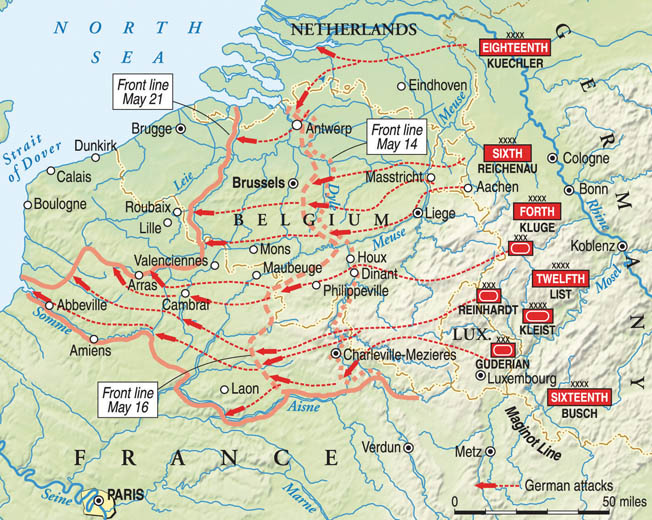
Though the Germans have since become known for their tanks, during the Battle of France they actually had fewer tanks than the Allies. Moreover, French tanks were more heavily armed and armored than their Wehrmacht counterparts. Several factors served to negate this advantage, however. French tactics dispersed most of their tanks among their divisions in an infantry support role. The Germans concentrated their panzers to strike decisive blows where needed and exploit breakthroughs. German tank crews were usually better trained, and their vehicles were all equipped with two-way radios, allowing them to communicate and coordinate during battle. Only a few French tanks had radios at all, reducing many of them to using signal flags and other methods, which distracted tank commanders from controlling their crews. The French were also quite deficient in antiaircraft guns; most of those they had were obsolete. In terms of aircraft the Germans were dominant in numbers and overall quality. The German Junkers Ju-87 Stuka could act in the role of artillery with its accurate dive-bombing capability.
Perhaps the worst discrepancy was in the area of morale. The Germans were eager to balance the scales of the last war and regain lost pride. Their officers were trained to lead from the front and share hardships. French enlisted men in Sedan were often billeted in stables next to the horses. They were under orders to wear their helmets, gas masks, and cartridge belts when on duty. However, their officers would disregard this order and walk around without the encumbrance, leading to feelings of discontent. The French government was also dealing with political instability and even sabotage in factories making war material by underground communist groups. While many Germans lacked enthusiasm for the war and the rationing it brought, they had faith in their military’s capabilities, bolstered by the recent campaigns in Poland and Norway.
The French 2nd Army was the force responsible for defending Sedan. Commanded by General Charles Huntziger, it had gained fame at the Battle of Verdun in World War I. The Army’s X Corps—composed of the 55th Infantry and 3rd North African Divisions, later bolstered by the 71st Infantry Division—was the main unit to engage at the Second Battle of Sedan. The 2nd Division Legeres de Cavalerie (2DLC), or light cavalry division, was the scouting and screening element for the 2nd Army.
May 10, 1940: Leadup to the Second Battle of Sedan and the Fight for France
The battle for France began on the morning of May 10, 1940. At 5:30 am, Guderian’s XIX Panzer Corps crossed the border into Luxembourg. By 10 that morning the leading German units had crossed the next border into Belgium. To the north, Army Group B was making a convincing demonstration with its tank and airborne troops, including the spectacular seizure of the Eben Emael fortress using a handpicked team of paratroopers. These efforts caused the Allies to believe the main thrust was indeed coming from the north and sent their forces to counter it. Meanwhile, the real main thrust was making its way through the thick Ardennes Forest, filling the roads with vehicles while overhead Luftwaffe fighters raced forward to keep back enemy reconnaissance or attack planes.
The Belgian section of the Ardennes was defended by a small force of Chasseurs Ardennais, infantrymen reinforced with a small number of tanks, some equipped with 47mm antitank guns. They were too small a force to defend the entire region, so their tasks were to delay the enemy, destroy lines of communication, and then withdraw to rejoin the main Belgian army to the north. Since their army lacked the resources to defend the area, it was expected the French Army would take over responsibility for the Ardennes.
Toward that end, the Chasseurs prepared demolitions and created a number of obstacles in the Germans’ path but had to abandon them before French troops arrived to utilize them. This made it easier for the Germans to clear the obstacles since they were not covered by fire. At the town of Martelange, two companies of the Chasseurs did not get the word to retreat and maintained their positions, opening fire on the advancing Nazis of the 1st Panzer Division. They were able to delay the German advance for several hours, the only real resistance Guderian’s troops faced from the Belgians on May 10.
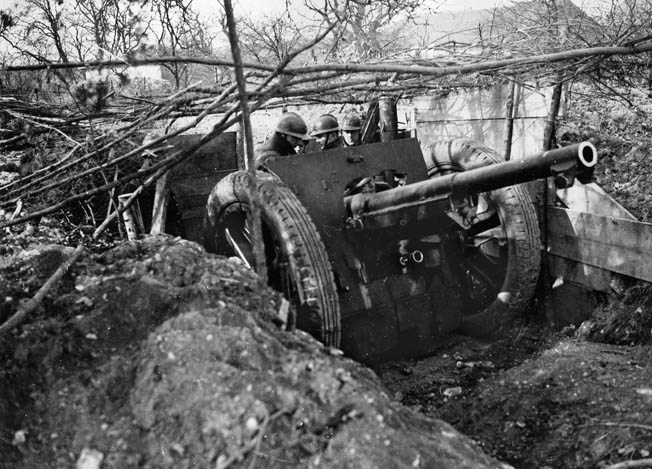
When General Huntziger learned of the German invasion on the morning of May 10, he immediately dispatched the 2 DLC to the Ardennes. The division’s advance guard ran into the leading elements of the 10th Panzer Division late in the morning near the town of Habay-La-Neuve. It was a meeting engagement, meaning both units were advancing and essentially ran into one another. The French cavalrymen were quickly overwhelmed by the German panzers and fell back that evening with heavy casualties, heading for the nearby Semois River, only 10-15 miles from Sedan.
The next day during the Battle of Sedan, the Germans moved on from the Martelange area and ran into another French cavalry unit, the 5 DLC, in the vicinity of Neufchateau, Belgium. This unit was also roughly handled by the Germans and forced to retreat. General Huntziger allowed them to fall back to the Semois River alongside the 2 DLC but ordered them to hold the river line no matter the cost. To bolster the cavalry he sent an infantry battalion from the 55th Division, which was digging in at Sedan. By that evening they were all situated on the west bank of the river.
This movement would prove to have unintended and disastrous consequences for the French in front of Sedan. The unit to the north of 5 DLC was the 3rd Spahi Brigade, part of the French 9th Army. Normally these two units would coordinate with each other to ensure no gaps in the line along the army boundary. On May 11, this did not happen properly, and when the commander of the Spahis learned of 5 DLC’s retreat he ordered his own unit to fall back behind the Meuse River, several miles farther west. At this point the Spahis had not even contacted the advancing Germans. As a result the left flank of the French cavalry was now open and unguarded. By the afternoon of May 11, the 1st Panzer Division’s motorcycle reconnaissance battalion found the open flank and reported it. By that evening the Germans were across the Semois River at Mouzaive, roughly 10 miles north of Sedan.
Overhead, another French miscalculation worsened the situation. The French high command, convinced the main attack would come from the north, ordered the Air Force to concentrate its strength on that front. Even so, French reconnaissance flights revealed the large German movements coming through the Ardennes. Air Force General Francois d’Astier noticed these reports and forwarded them to the high command, including references to large mechanized and armored forces accompanied by bridging equipment. He reported what appeared to be a major movement toward the Meuse River, but the high command kept to its assessment of the main thrust coming from the north. The French X Corps commander, General Pierre-Paul-Charles Grandsard, later said he never received any reports from the air force. This left him unprepared for what was coming.
French Retreat on May 12: The Real Fight Was Set to Begin
On May 12, the Germans resumed their advance with 1st Panzer reinforcing its bridgehead over the Semois at Mouzaive and crossing at nearby Bouillon. By mid-day German engineers were building a bridge over the river as French artillery shells landed around them. Overhead, French warplanes dropped bombs in an attempt to delay the enemy. A few miles south the 10th Panzer was able to get across the Semois between the towns of Herbuemont and Cugnon. The 2nd Panzer was delayed fighting some enemy units that appeared to the north and did not get across. Still, two of XIX Panzer Corps’ three divisions got over the Semois and advanced on Sedan. As night fell over the battlefield, both leading divisions arrived at the Meuse River; their French opponents retreated to the opposite bank without putting up a fight or even a delaying action.
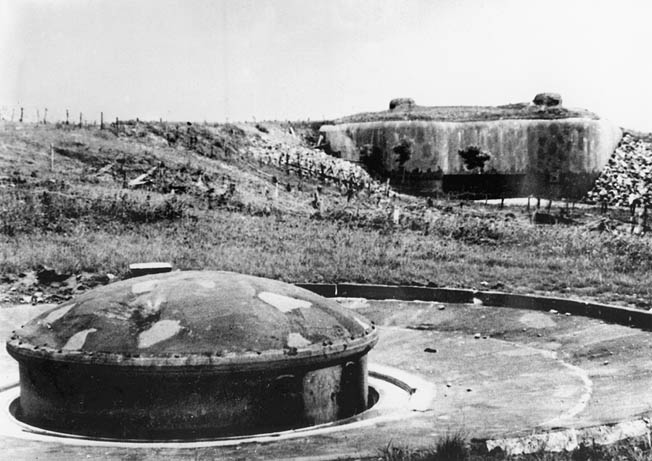
Now the real Battle for Sedan was set to begin. German and French units stared at each other from across the Meuse. Behind the Germans a series of columns were strung out through the Ardennes Forest, desperately trying to get forward and join the attack. These columns contained most of their artillery and engineer assets. The French believed this meant the Germans would not try to cross until those assets could be brought forward, giving them time to prepare further. They also believed the French Air Force would fly sorties the next day to blunt this attack. To stiffen the defense the French high command committed the XXI Corps, composed of one armored and one motorized division. They began moving toward Sedan on May 11.
General Grandsard also positioned another infantry division, the 71st, between the 55th and 3rd North African to reinforce the Sedan front. The 55th had lost the battalion sent forward to assist the cavalry and was redistributing its troops. Both infantry divisions were short of antitank and antiaircraft guns, but the 55th Division possessed double its normal allocation of artillery. A number of corps-level artillery units were also attached to the 55th, giving it 140 guns under its control.
Also on May 12, Guderian met with his superior, General Ewald von Kleist, who ordered Guderian to force a crossing of the river by the following afternoon. Guderian was concerned about the 2nd Panzer Division, which still had not arrived. Kleist insisted on maintaining the offensive and believed the element of surprise could be achieved with a quick attack. Guderian agreed and made a hasty plan based on one he developed as an exercise the previous February. The 1st Panzer Division would make the primary effort. It would cross the Meuse just north of Sedan, seizing the high ground of La Marfee, which overlooked the city. To ensure success the division would be reinforced by the Grossdeutschland Regiment, a battalion of combat engineers, and the entire artillery pool of the three divisions in XIX Corps. The 10th Panzer would cross the river south of Sedan and protect the left flank of the corps while the 2nd Panzer would do the same on the corps’ right flank at the French town of Donchery, west of Sedan. Once across, the corps would be poised to strike west toward the coast, cutting off the Allied armies to the north and achieving the German operational objectives.
Lt. Col. Balck Sees His Opportunity to Cross the Meuse
Preparation for the attack began on May 13, as each German unit struggled to get into its proper position for the afternoon attack. The limited road network still restricted their speed, and from across the Meuse French artillery fired at any target observers could find. One French general later wrote, “What a chance for the artillery to strike hammer blows, to put into practice the ‘swinging concentrations’ which are the crowning glory of the 500-page general instruction on artillery fire!”
Unfortunately for the French, their guns were restricted to only 30 rounds per day, greatly reducing the amount of fire they could mass upon the Germans across the river. The gunners had to limit their fire, feeling the need to conserve ammunition for later fighting. General Grandsard and his staff were still assuming it would take the enemy perhaps a week before they would be ready for a crossing attempt.
The German artillery was still trying to get into position through May 13, struggling with all the other supporting troops trying to get into their assigned places. Instead, the Germans used their marked superiority in air power to mount a heavy attack. The Luftwaffe used a combination of level bombers and Stuka dive bombers to lay down a barrage from the air, which shocked the French with its intensity. This allowed Lt. Col. Balck the reprieve he needed to get his panzergrenadiers across the Meuse.
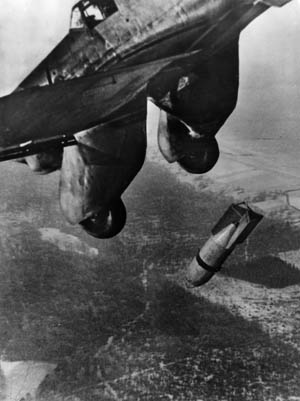
It also tipped the commander of the French 55th Division, General Pierre Lafontaine, that the main enemy attack was coming soon. He signaled the corps commander, General Gransard. In response Gransard ordered his corps reserves, composed of a pair of tank battalions and two infantry regiments, forward so they could counterattack any German assault that developed. The French were still reacting too slowly, however. It took until dusk for the reserve units to even begin moving, and by then it was too late.
With the French artillery knocked out of the battle, the Germans moved up what tanks and antiaircraft guns they could to place the French river defenses under direct fire. At 4 pm, the boatloads of infantrymen began crossing the river, with Balck among those in the leading craft. Though his memoirs mention a lack of artillery support, other sources point out a short, sharp barrage laid down by German guns to suppress the defenders immediately before the crossing operation began.
Either way, the German infantry started across. Despite the artillery and air attacks, heavy fire greeted them, causing heavy casualties for the first few waves; one estimate placed the dead and wounded at fully half the infantry Balck took with him. Nevertheless, they pushed forward and seized a bridgehead. Their efforts paid off; they were able to knock out enough French bunkers to allow the following waves to get across practically unharmed. The engineers also got forward and began building a pontoon bridge at 6:30 pm. By sunset the heights on the southern bank were in German hands.
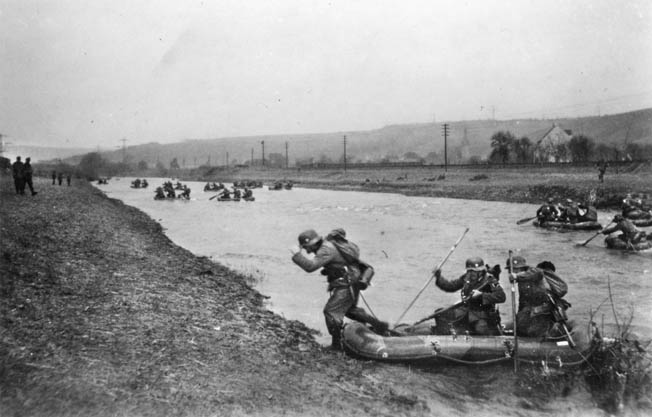
The 10th Panzer had a more difficult time but still managed to create a small bridgehead of its own. It took some casualties from a few French guns that had not been destroyed by the Luftwaffe. Some French bunkers were cleared by assault pioneers using demolition charges. The French defenders resisted fiercely, but by nightfall the Germans held the heights at Wadelincourt. The 2nd Panzer, on the XIX Panzer Corps right flank, was initially rebuffed in its attempt to cross the Meuse. That unit made another attempt and by 8 pm had created a small lodgment as well. Now there were three separate German forces across the river with the rest of Guderian’s corps pushing hard to expand the bridgehead. Guderian himself came across as soon as he could; being at the front gave him the best idea of what was happening. Expecting air attacks, he ordered the corps’ flak brigade brought forward as well.
How Balck’s Persistence Led to the Disintegration of the French 55th
Initially, Guderian was ordered to maintain his position, consolidate his gains, and remove the remaining enemy threat to the German flanks. “I would not and could not put up with this order, as it meant forfeiting surprise and all our initial success,” he later said. He successfully argued for a continuation of the attack for another 24 hours to “widen the bridgehead.”
Back in the 1st Panzer Division’s area, Hermann Balck decided to continue his attack even though darkness had fallen. His troops were worn out from their earlier exertions, but once again Balck’s leadership spurred them to further efforts, as he would later speak of in a postwar interview. “At Sedan, my combat leaders told me that they were finished—that they just simply couldn’t advance anymore, and I said, ‘Fine. Whoever wants to stay here can stay here. I’m leading the attack on the next village,’ and of course, the entire regiment sprang up as one man to follow me.”
Balck’s determination paid off; that night the unit advanced unopposed six miles to the town of Chemery. This had further effects for the neighboring 2nd Panzer Division at Donchery. The French units resisting there became worried about being flanked by Balck’s troops and fell back. This allowed 2nd Panzer to seize its own high ground at Croix-Piot by 10 pm. The German lodgment was steadily growing deeper, and the engineers finished their pontoon bridge overnight, allowing armored vehicles to cross the Meuse.
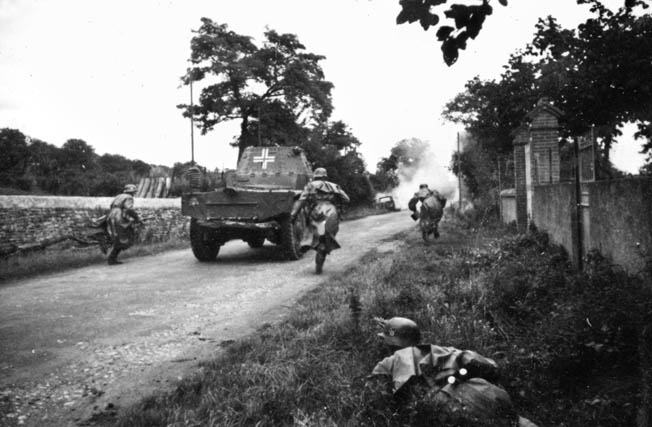
The cumulative effect of these German successes was the disintegration of the French 55th Division. Many of the division’s men were older reservists with inadequate training, as unprepared for the rapidity of the German advance as their leaders. The French reserves, which finally started moving at nightfall, ran into the fleeing troops from the 55th Division, delaying their movement even further. In an attempt to stem the German tide, General Grandsard divided those reserves into two groups and instructed them to counterattack the German 1st Panzer Division’s bridgehead at 4:30 am on May 14.
Each French group contained an infantry regiment and a tank battalion. The first group, the 213th Infantry Regiment and 7th Tank Battalion, would strike at Chemery. The second group, the 205th Infantry Regiment and 4th Tank Battalion, would move through Bulson slightly to the southeast. If successful, the counterattack would catch Balck’s regiment in a bad position, exhausted and at the end of their advance.
Due to the confusion of the battle and the congestion on the roads, such a French victory proved elusive. Neither force was able to attack on time; the first group managed to advance at 7 am on May 14. By then, the Germans had managed to get antitank guns across the Meuse along with some of 1st Panzer’s tanks. Lt. Col. Balck still felt it was a critical moment when his regiment was in the most danger. At the time he believed a French armored brigade supported by aircraft was attacking his unit.
The battle lasted for two hours with the French halfway to Chemery before a German tank force hit them in the flank. Balck considered the French poorly trained but brave. Soon the wrecks of 50 French tanks littered the battlefield. It was obvious that the Nazi superiority in radio communication was decisive, allowing them to engage the French effectively. The French tanks were simply too slow and badly coordinated. Overhead the aircraft supporting them were older models, which proved vulnerable to antiaircraft fire. By 9 am, the attack was over, the French retreating in disorder. The second French group never managed to launch its attack at all.
The failure of the French counterattack badly affected the 71st Division as well. Its commander, General Joseph Baudet, felt his left flank and command post were exposed and ordered them pulled back. When the rest of the division saw this happen, they pulled back as well despite the lack of orders. Now two French divisions had fallen apart. The German bridgehead was becoming more secure by the hour. More German tanks were crossing the single pontoon bridge, with more lined up awaiting their turn to get over the Meuse.
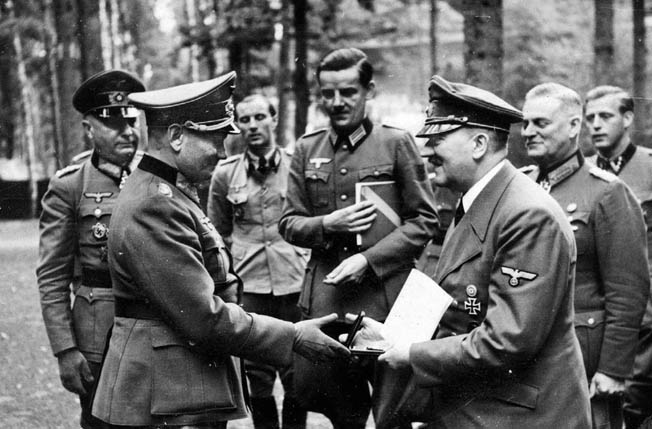
The lines of vehicles were indeed a tempting target. During the afternoon of May 14, every available Allied bomber was sent to hit the bridgehead. They flew right into the gunsights of XIX Panzer Corps’ flak brigade and squadrons of Luftwaffe fighters. Many aircraft were lost, and little damage was done.
Finally, another French unit, the XXI Corps, was brought forward for another counterattack. Composed of the 3rd Armored Division and 3rd Motorized Division, this force was ordered to attack at 4 pm on May 14 from south of the bridgehead and push toward Chemery to force the Germans back across the Meuse.
At the same time, Guderian was ordering his 1st and 2nd Panzer Divisions to resume their advance, breaking out of the bridgehead. The 10th Panzer Division was still having trouble getting all its tanks over the river and was not yet ready to move. The two ready divisions would strike to the west across the Ardennes canal, while the bridgehead would be protected by the infantry of the Grossdeutschland Regiment.
A concentrated French counterattack could have spoiled the German plan. Strangely, however, the XXI Corps’ attack was cancelled and the armor-heavy force was instead dispersed across a 12-mile front, destroying its ability to effectively resist a focused German thrust. The French high command soon countermanded its order and commanded the corps to reassemble and counterattack as soon as possible on May 15.
The XXI Corps commander issued a new order for the attack, but not until 11:30 am on May 15. Rather than an armored thrust, it was to be an infantry attack with the tanks in support. The tanks had already been dispersed, and it took time to recall them. The attack had to be postponed twice; once to 3 pm and then again to 5:30 pm. Finally, it was cancelled altogether. It was France’s last opportunity to strike at the bridgehead.
On May 15, while the French were mired in confusion, the Grossdeutschland Regiment struck out to seize the high ground around Stonne, south of the lodgment. They went up against a combined force of French tanks and infantry. The Germans had only a few antitank guns to support their riflemen, but after difficult fighting the French were pushed back. This secured the German XIX Panzer Corps’ southern flank. The rest of the corps now advanced to the west.
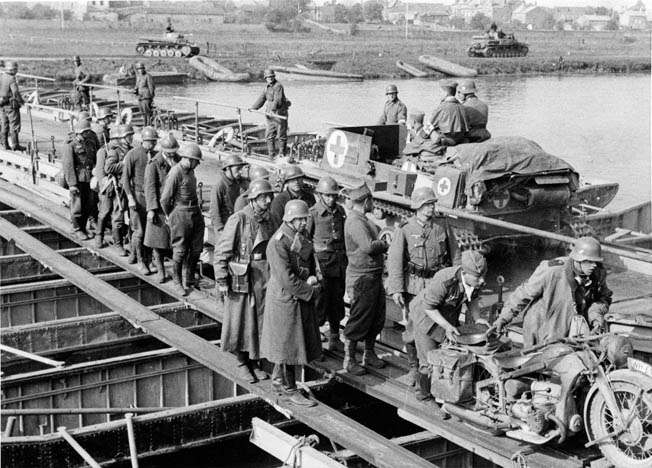
The 1st Panzer division seized Bouvellemont on the night of May 15. Once again, Balck’s panzergrenadiers were in the lead despite their exhaustion. Meanwhile, 2nd Panzer defeated the French 53rd Division a few miles to the north. It was the final act of the Battle of Sedan. Nothing remained between the panzers and the French coast.
The Fall of France Was Now Secured
The Second Battle of Sedan was a critical event in the fall of France. The Germans were prepared to carry out their new war of movement; they had trained extensively for it. Their military was in many ways designed for short, sharp campaigns.
The French military suffered from problems in morale and was more capable of refighting World War I than embracing new concepts. This allowed the aggressive Germans to control the tempo of the fighting from the beginning. When the French could not react quickly and appropriately, the result was four years of brutal Nazi occupation, ended only through a combined Allied effort.
Author Christopher Miskimon is a regular contributor to WWII History. He writes the regular book review column and is an officer in the Colorado National Guard’s 157th Regiment.
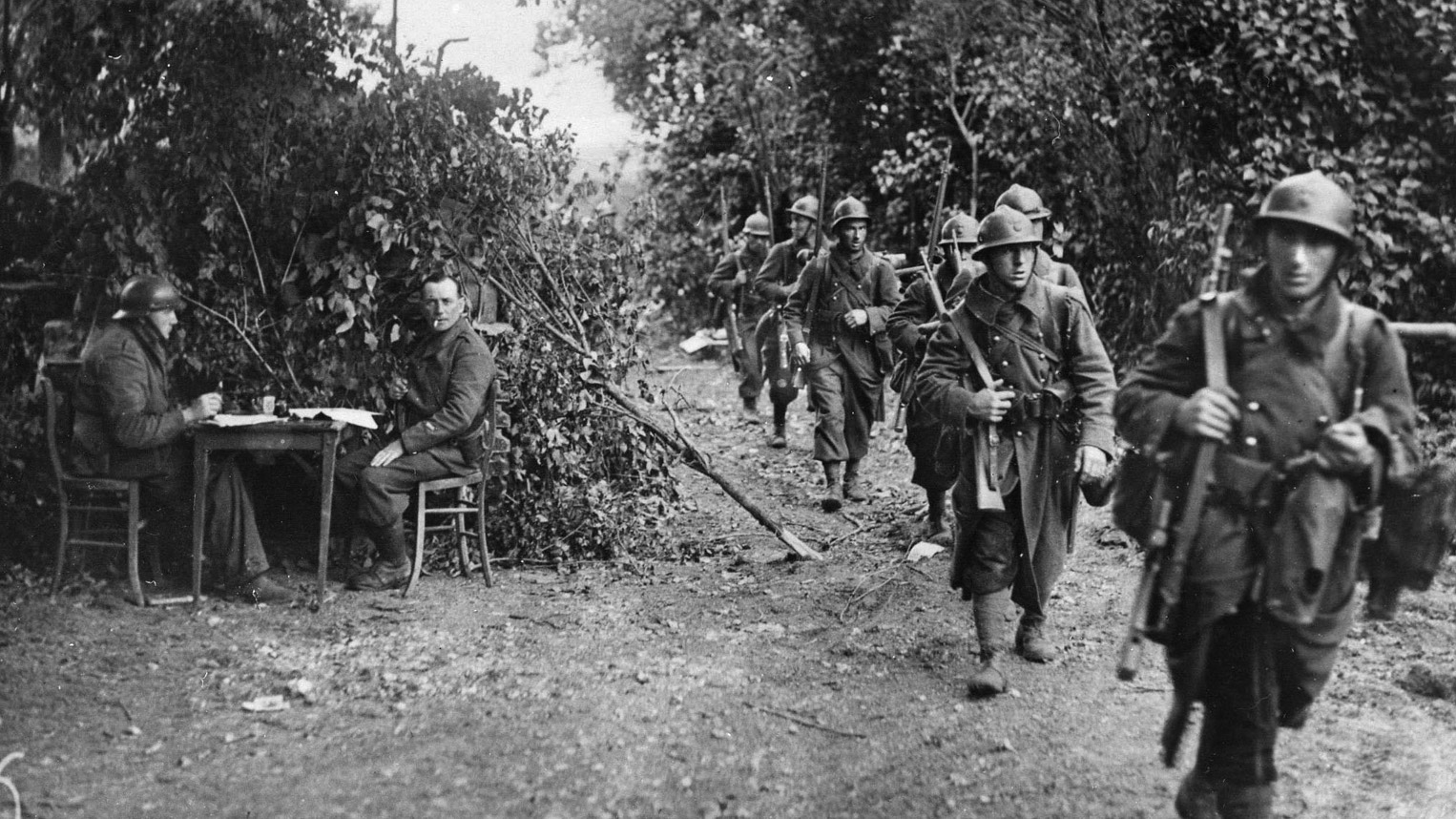
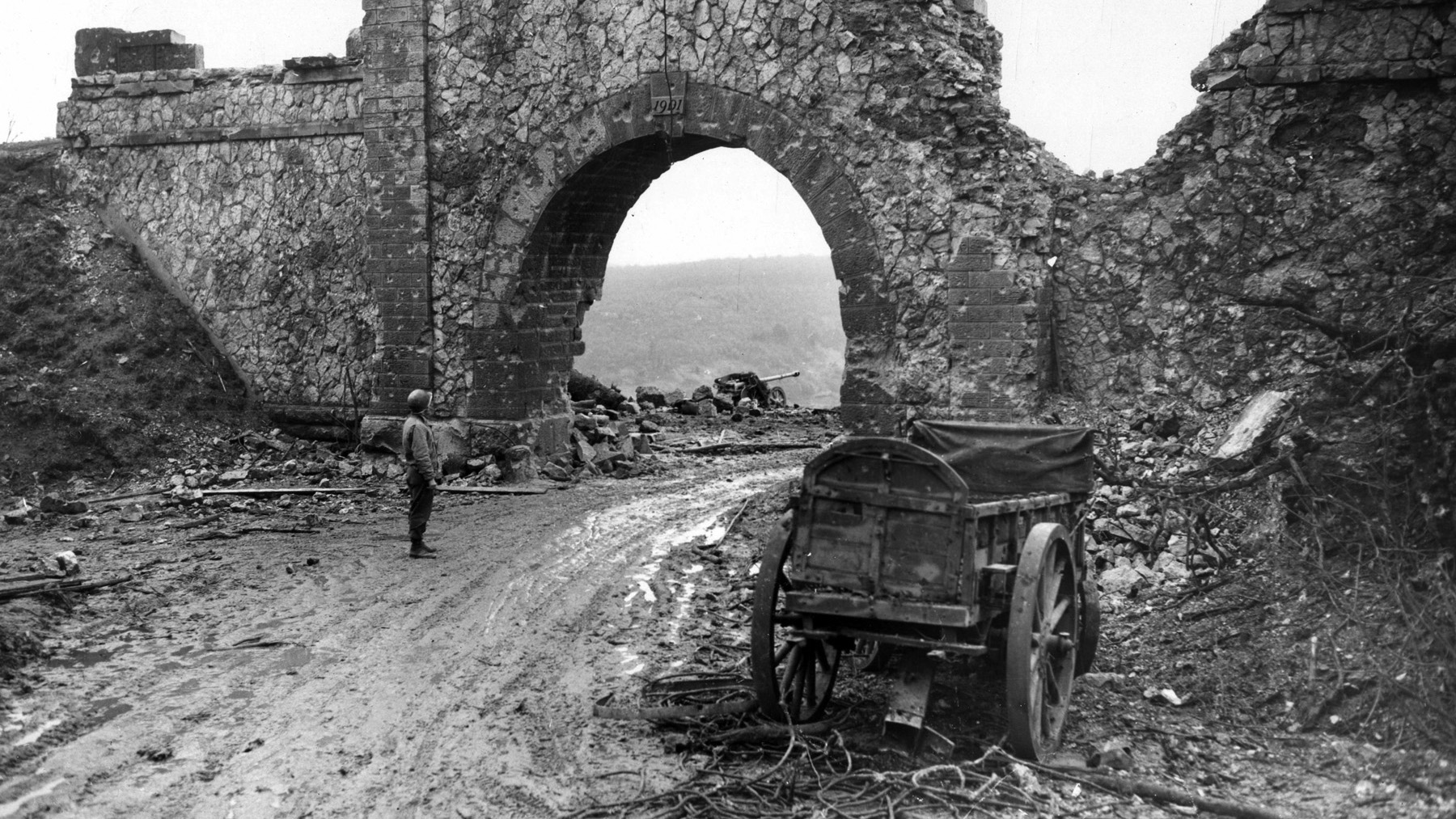
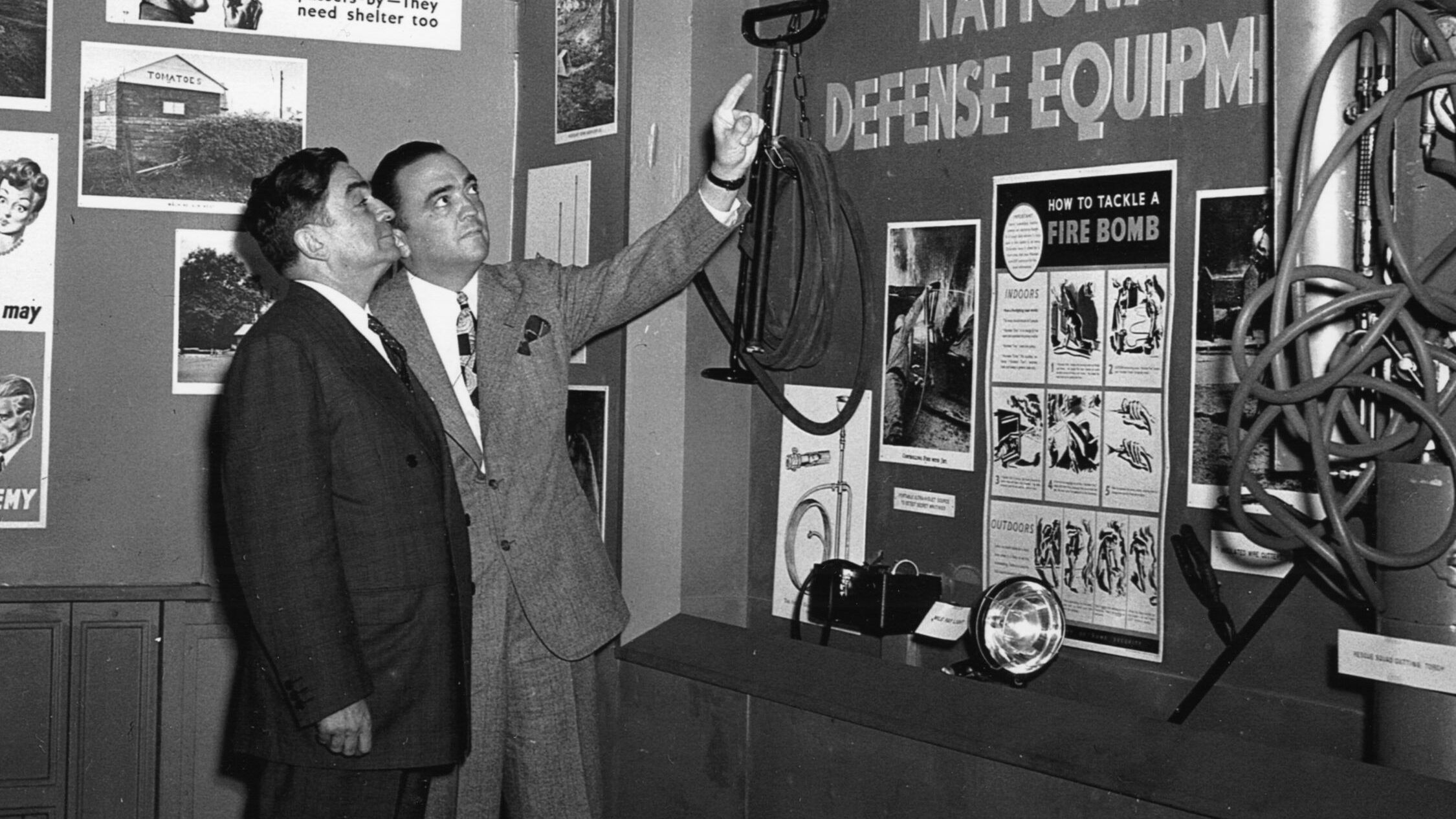
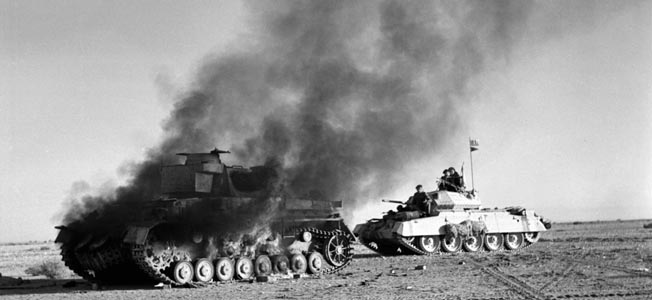
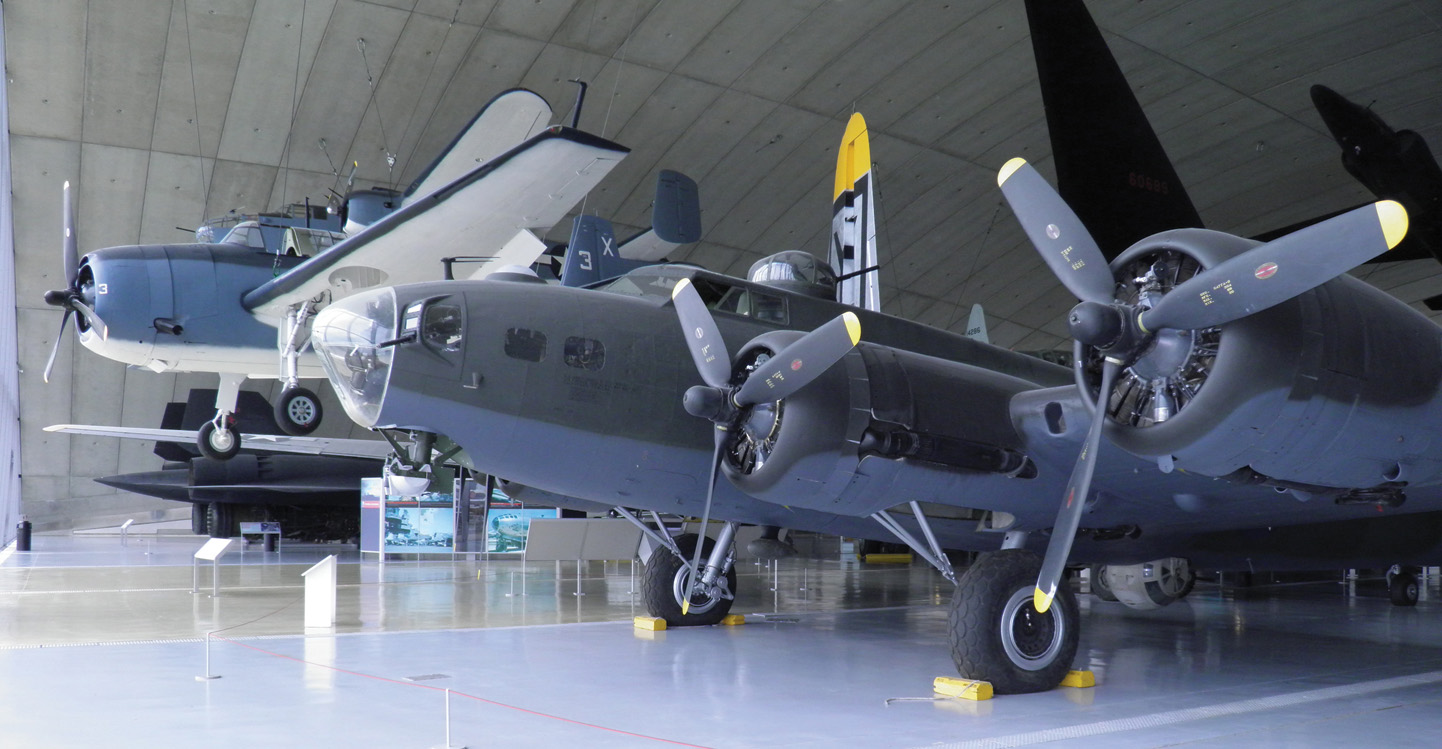
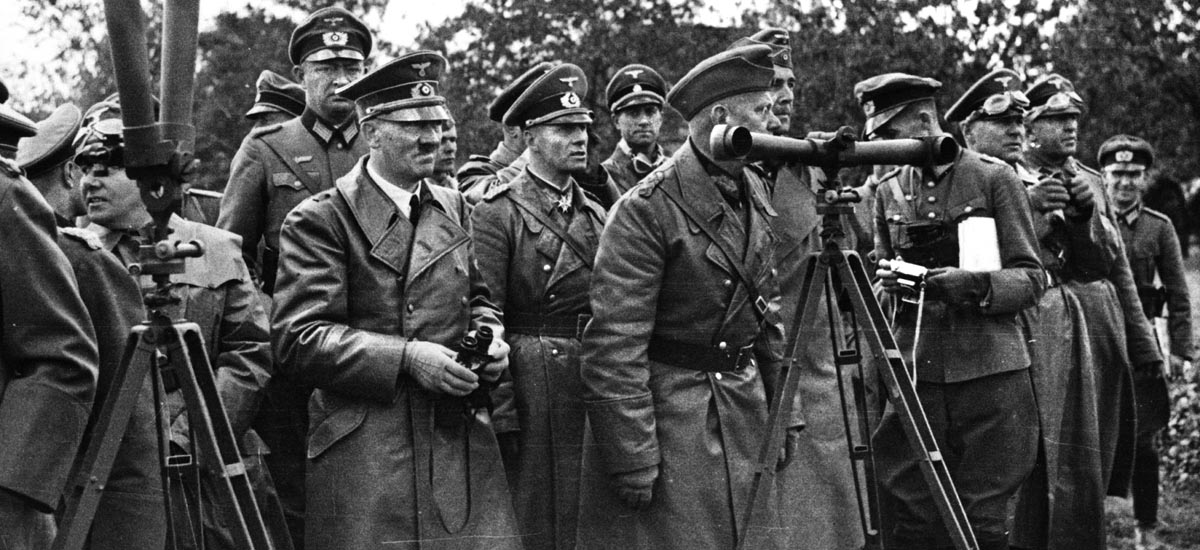
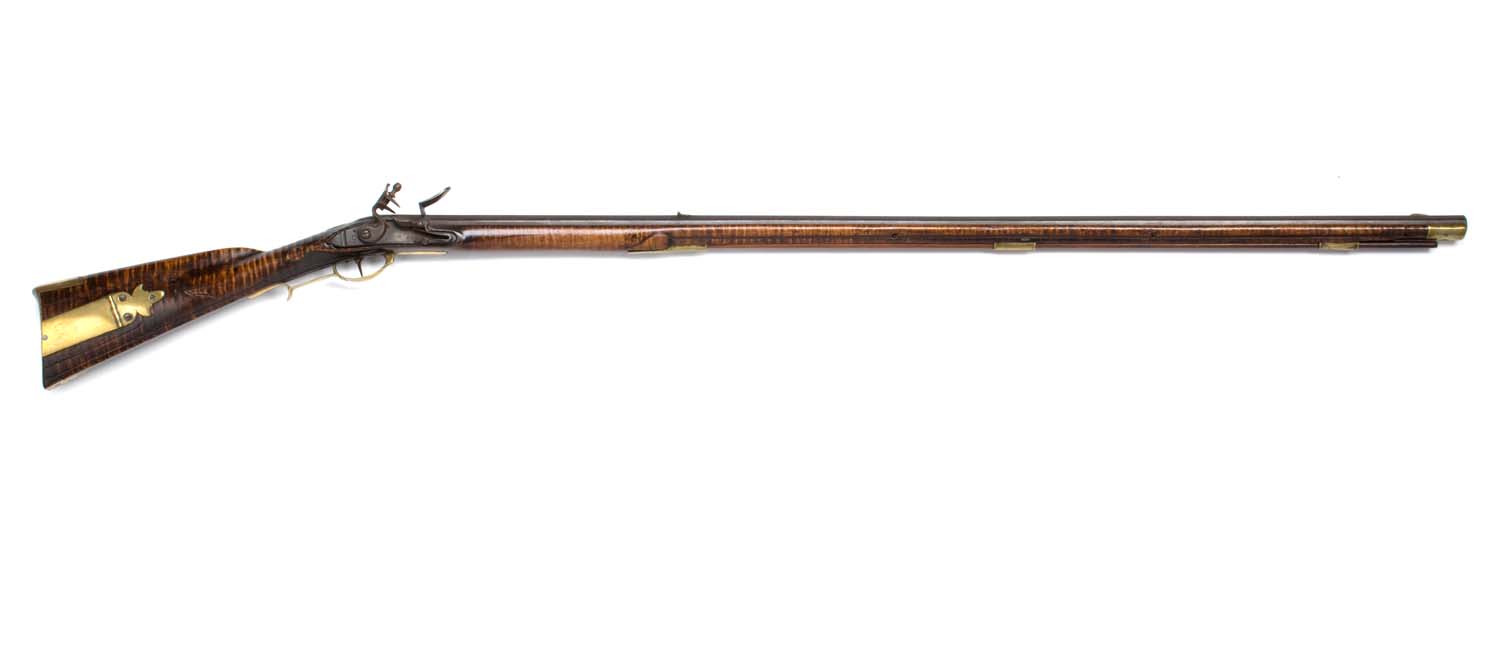
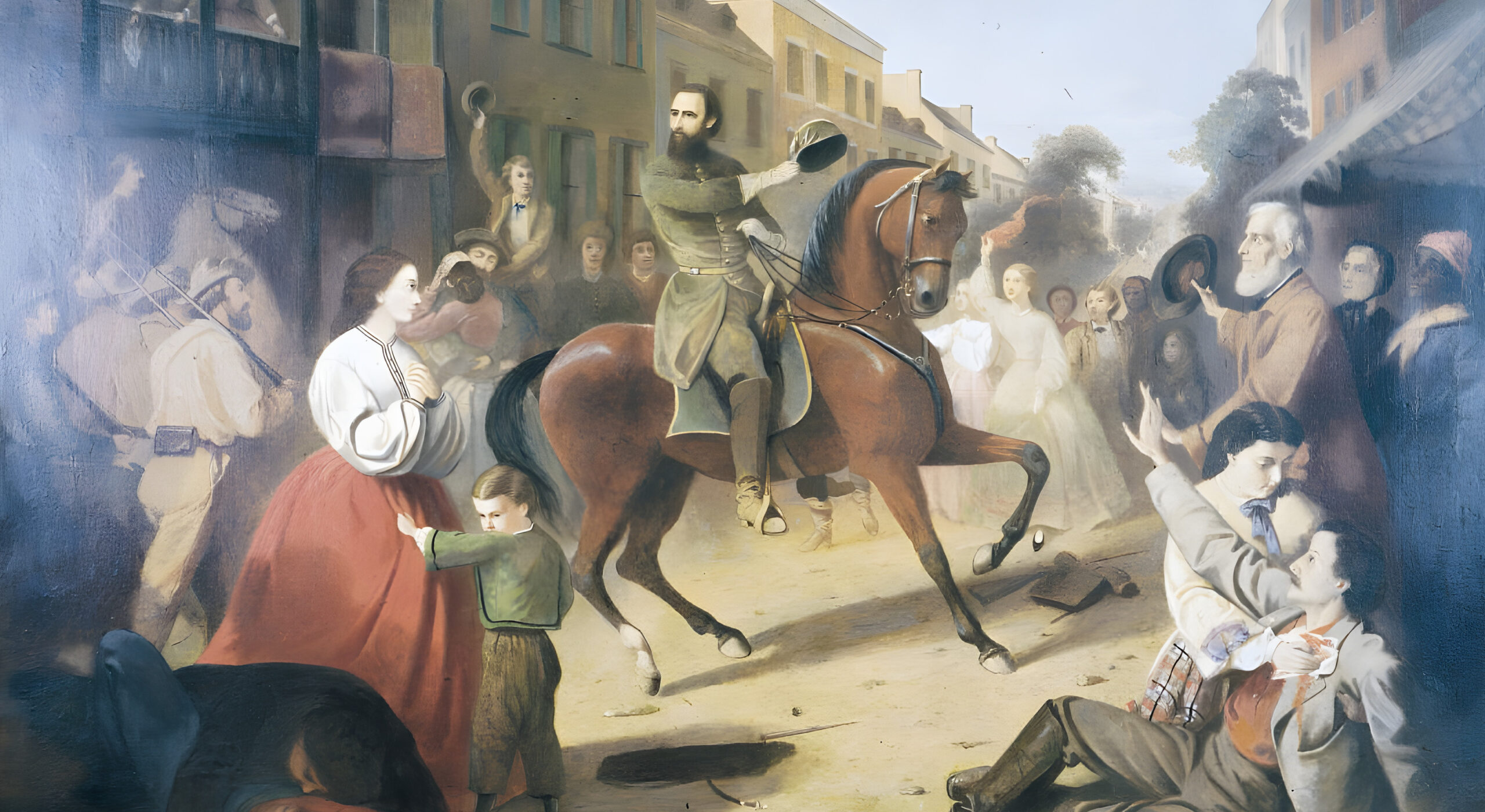
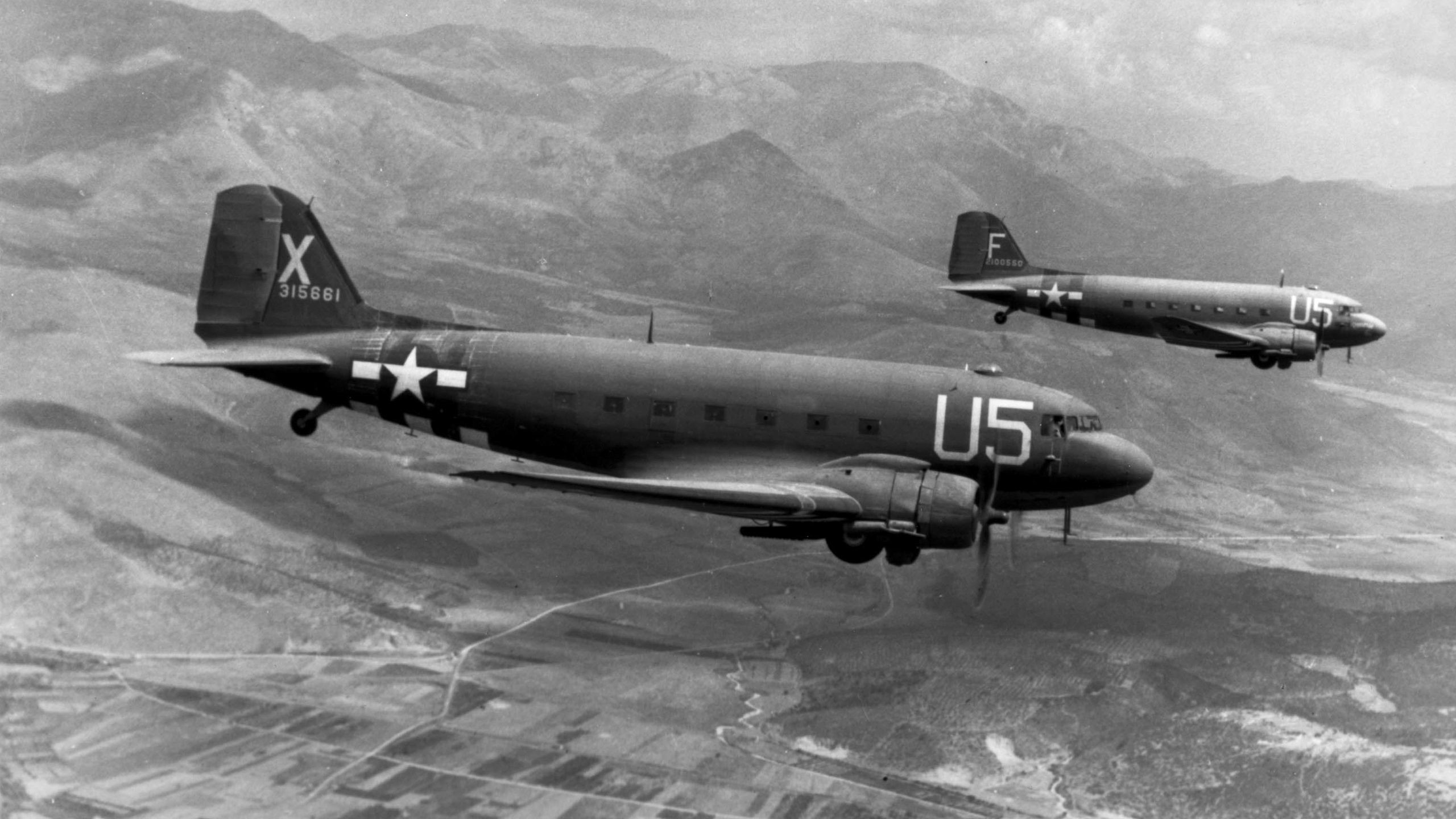
True to their royal Bourbon antecedents, the French learned nothing and forgot nothing from two previous wars with Germany and Von Blucher’s contribution to the French defeat at Waterloo.